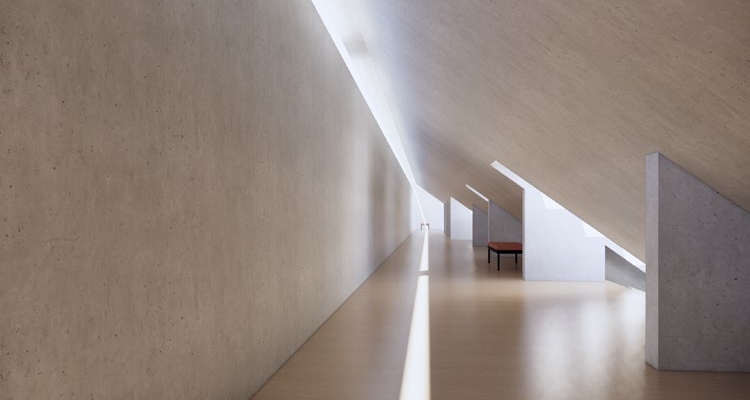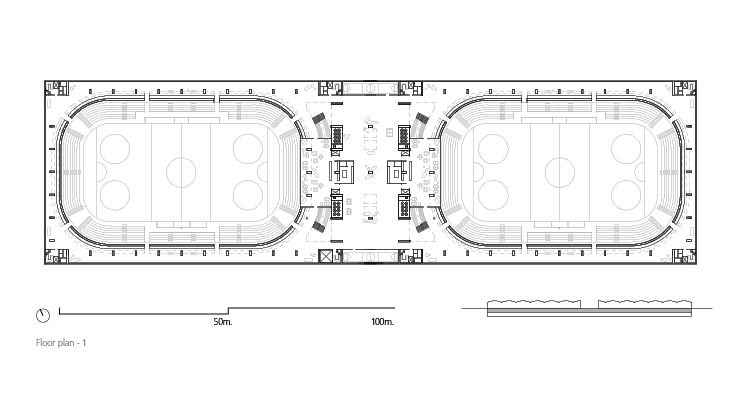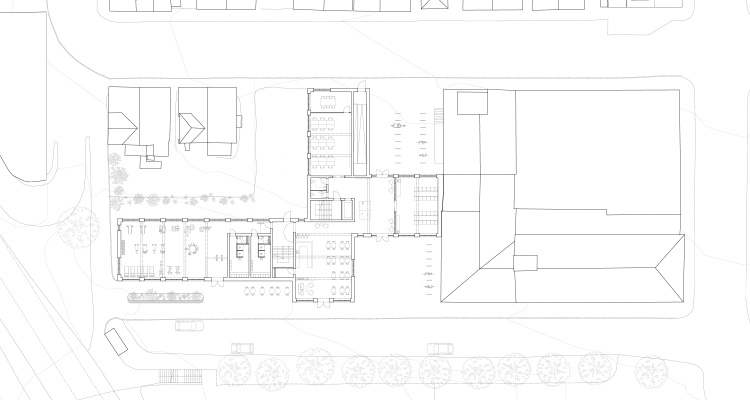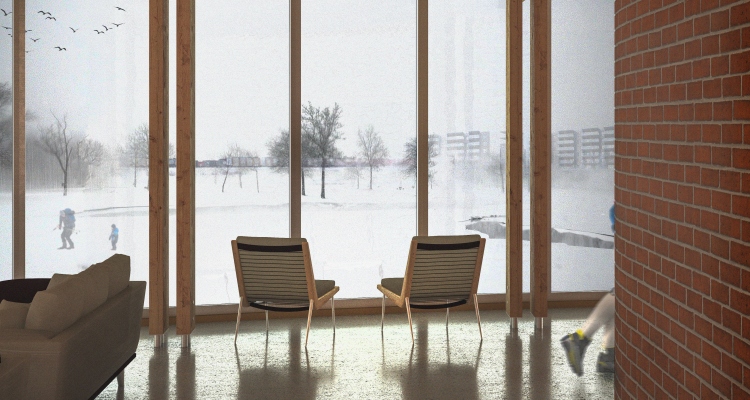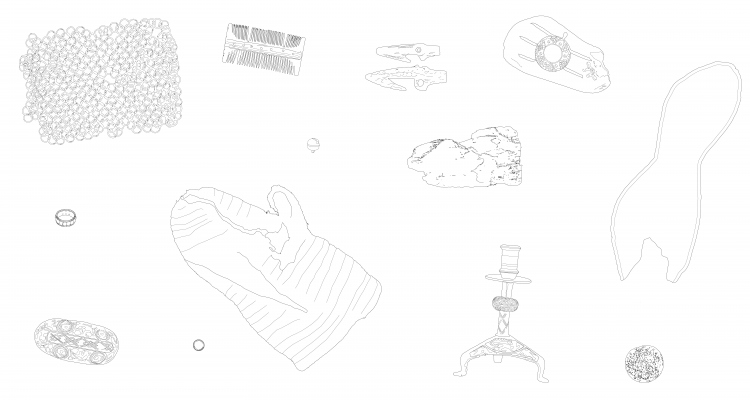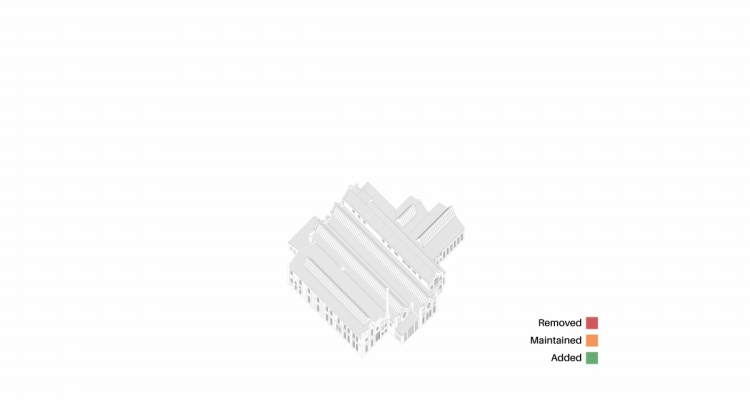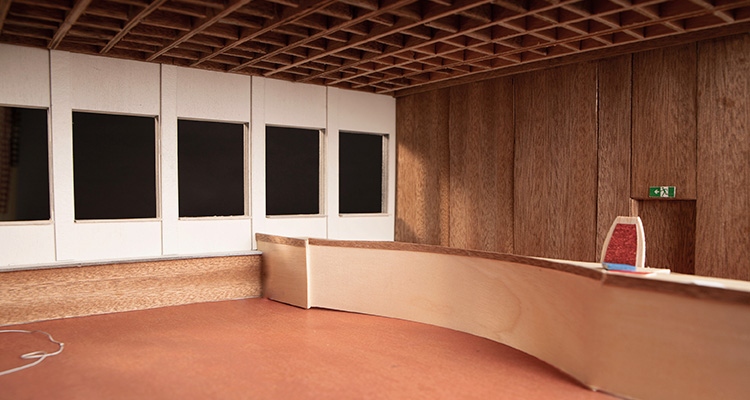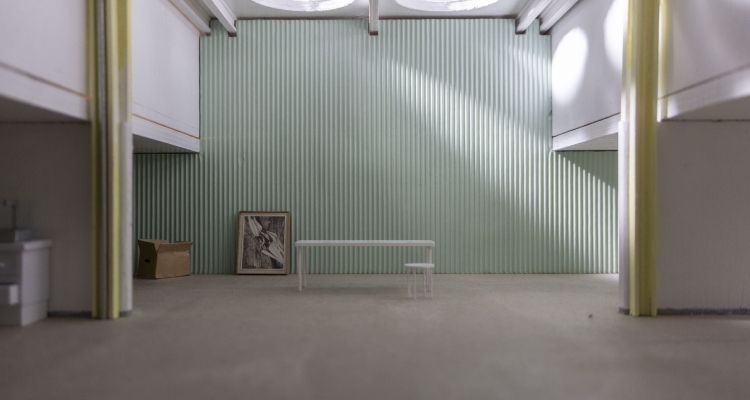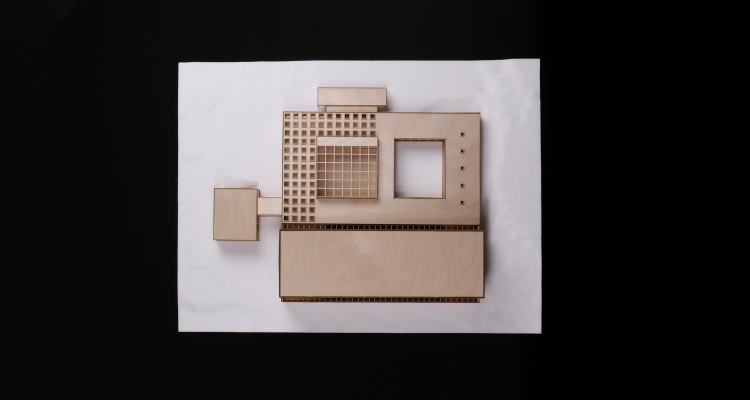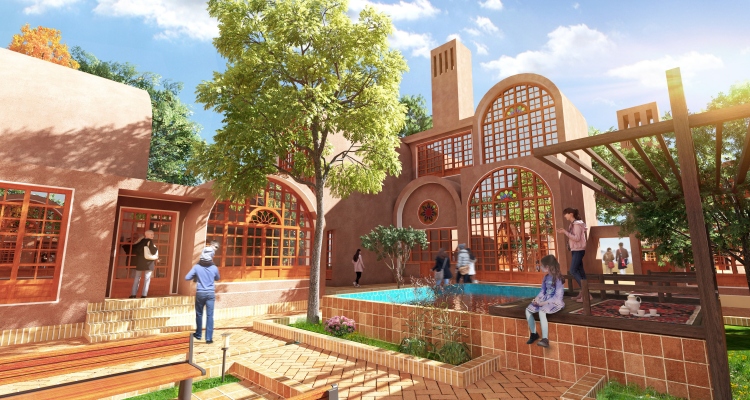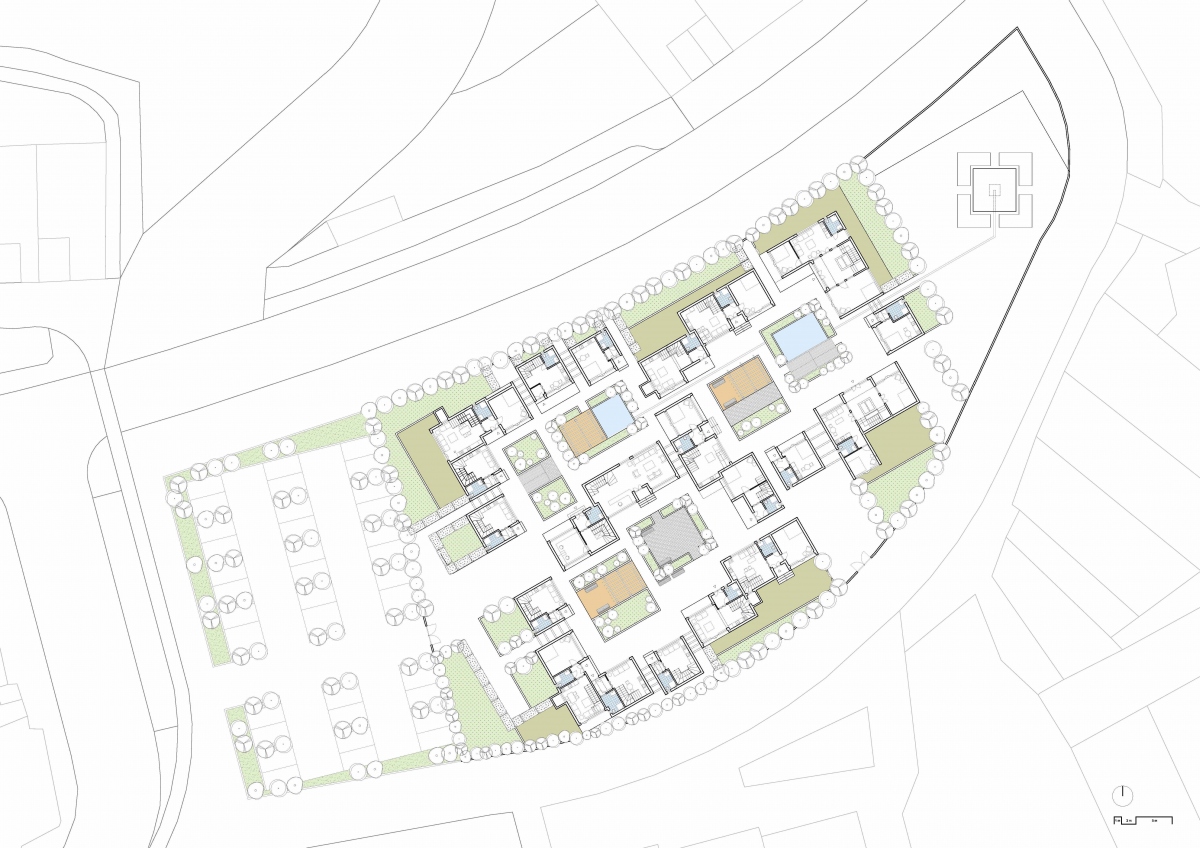When facilitating for such places, it is important that they are located in proximity to the city, to keep them as a low threshold offer for the public.
Hovedøya, an island located only five minutes away with the ferry from Aker Brygge have a rich history, amongst other things there used to be a public bath there. Today the remains of the bath and its site is closed off and used as a workshop and storage for the urban environment agency (Bymiljøetaten).
How can this former program be reintroduced to be able to meet the requirements and use of today?
Hovedøya, an island located only five minutes away with the ferry from Aker Brygge have a rich history, amongst other things there used to be a public bath there. Today the remains of the bath and its site is closed off and used as a workshop and storage for the urban environment agency (Bymiljøetaten).
How can this former program be reintroduced to be able to meet the requirements and use of today?

